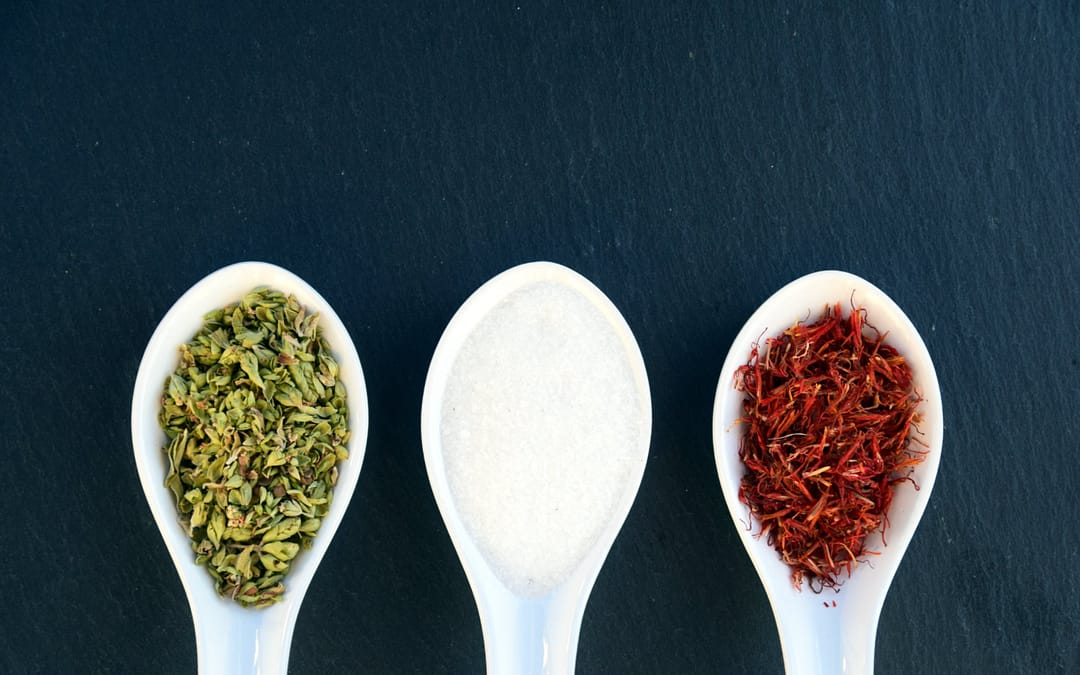“Not enough salt? What? I thought salt was bad for you!”
Nope. Salt is not bad; we need salt to survive. In fact, many of the studies that low salt recommendations were based on have been disproven. The science does not support this recommendation. Unfortunately, common knowledge hasn’t caught up yet. Hopefully soon, salt will be redeemed and no longer have the villain status it has undeservedly received.
Salt is the gatekeeper for every cell in our bodies.
Salt helps our body retain optimal fluid levels. It also contains trace minerals which are essential to enzymatic functions and chemical reactions that we need to function. Most people are aware of the connection between headaches and dehydration but they are not aware that salt is a critical component in keeping the body hydrated.
Research from a 2016 study found that the probability of migraine increases for people that consume less sodium. The results were consistent with the researchers’ hypothesis that sodium may prevent overstimulation of cells that is associated with migraines. (Pogoda et al, 2016) Sodium and magnesium are part of an intravenous treatment that was 97.5 percent successful at stopping chronic headache or migraine pain. (Krusz, 2006)
Migraine patients are more likely to have low blood pressure.
Research shows that migraine sufferers have a severely low autonomic function, which makes it difficult to maintain blood pressure. Interestingly enough, sodium deficiency is associated with a higher incidence of hypothyroidism, and migraine sufferers are 3.5 times more likely to have hypothyroidism. (Lisotto et al, 2013) Research shows that higher sodium levels blunt the body’s natural responses to stress by inhibiting stress hormones that would otherwise be activated in stressful situations.
Anecdotally, many migraine sufferers have found that they can reduce migraine frequency or stop a migraine from developing by increasing their daily salt intake or by increasing salt intake at the onset of a migraine. There is no one-size-fits-all approach for dietary salt intake, and optimal intake will depend on multiple variables such as stress and activity levels. Studies suggest that between 6.25 and 15 grams of salt per day is a healthy level and is associated with better cardiovascular health. (Alderman, 2012) Where to start:
There are a number of health conditions and medications that could make a higher salt intake a problem, so it is recommended that you speak to your health care professional before making any dietary change.
Skip the table salt; it is devoid of any trace minerals. Instead select Celtic sea salt or pink Himalayan salt, both of which are rich in various trace minerals we all need.
Remember, getting the right amount of salt is individual and will take some trial and error. You may want to work with a practitioner to guide you through the process. Start by doing a salt test. At the onset of your next migraine, put a few crystals of salt under your tongue and wait a few minutes. If you feel some immediate relief, you are probably salt deficient. Chronic headache/ frequent migraine suffers may also try taking 8 ounces of water with ¼ teaspoon of salt in the morning and again in the evenings to see if headaches/migraines reduce in frequency or intensity. Women who suffer migraines at the onset of their period can consider taking 8 ounces of water with ¼ teaspoon salt in the mornings and evenings starting 5 days before the onset of the period.
Tension Headache and Neck Problems
References
Alderman, M. H., & Cohen, H. W. (2012). Dietary Sodium Intake and Cardiovascular Mortality: Controversy Resolved? American Journal of Hypertension, 25(7), 727–734. https://doi.org/10.1038/ajh.2012.52
High Blood Pressure May Protect Against Migraine. (n.d.). ScienceDaily. Retrieved February 18, 2021, from http://www.sciencedaily.com/releases/2008/04/080414161552.htm
Krusz, J. C. (2006). Intravenous treatment of chronic daily headaches in the outpatient headache clinic. Current Pain and Headache Reports, 10(1), 47–53. https://doi.org/10.1007/s11916-006-0009-z
Lisotto, C., Mainardi, F., Maggioni, F., & Zanchin, G. (2013). The comorbidity between migraine and hypothyroidism. The Journal of Headache and Pain, 14(S1). https://doi.org/10.1186/1129-2377-14-s1-p138
Migraine Attacks Shortened by Diamine Oxidase Supplements. (n.d.). Medscape. Retrieved February 17, 2021, from https://www.medscape.com/viewarticle/811920#vp_1
Pogoda, J. M., Gross, N. B., Arakaki, X., Fonteh, A. N., Cowan, R. P., & Harrington, M. G. (2016). Severe Headache or Migraine History Is Inversely Correlated With Dietary Sodium Intake: NHANES 1999-2004. Headache: The Journal of Head and Face Pain, 56(4), 688–698. https://doi.org/10.1111/head.12792
Rider, B. (2019). Hives, Headaches & Heartburn [Review of Hives, Headaches & Heartburn]. Summerland Publishing.
Stanton, A. A. (2014). Fighting the migraine epidemic: how to treat and prevent migraines without medicines – an insider’s view. Authorhouse.


Recent Comments